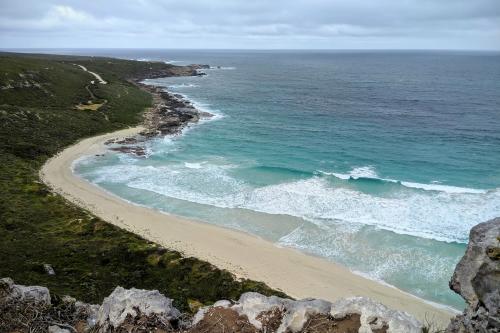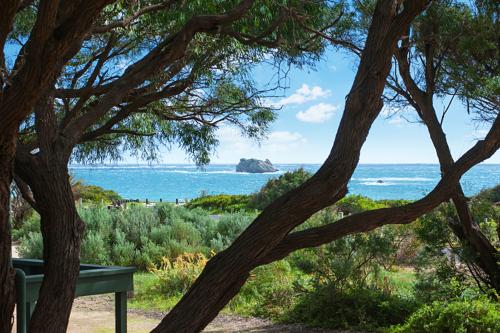About this place
The Hamelin Bay jetty was built in 1882 to service a nearby timber mill. However, the bay is open to the north-west and strong winds caused the loss of five vessels in 1900, including three in one storm on July 22, 1900. Hamelin Bay was abandoned as a timber port a few years later. The jetty became derelict and was later burnt.
There are eleven shipwrecks at Hamelin Bay. The WA Maritime Museum’s Hamelin Bay Wreck Trail features four visible wrecks; the Agincourt (1882), Chaudiere (1883), Katinka (1900) and Toba (1930s/1940s). The four wrecks are visible from the coast at times and accessible by snorkel and scuba in good weather.
You can walk a section of the Cape to Cape Track to Cosy Corner. It is a 13km return whole day trip but is only a 6.5km, half day walk if someone meets you at the other end. The hike involves some scrambling and negotiating of short steep sections but has excellent views.
Stingrays come close to shore here - look but don't touch, keep your distance and do not feed them.
Safety information
Plan when to visit. Consider travelling with a personal location beacon (PLB). In the event you need to be rescued it could save your life!
If you venture near the fragile limestone cliffs in this area, it is extremely important to take heed of rock risk signs and keep out of areas that have been fenced off.
Gallery
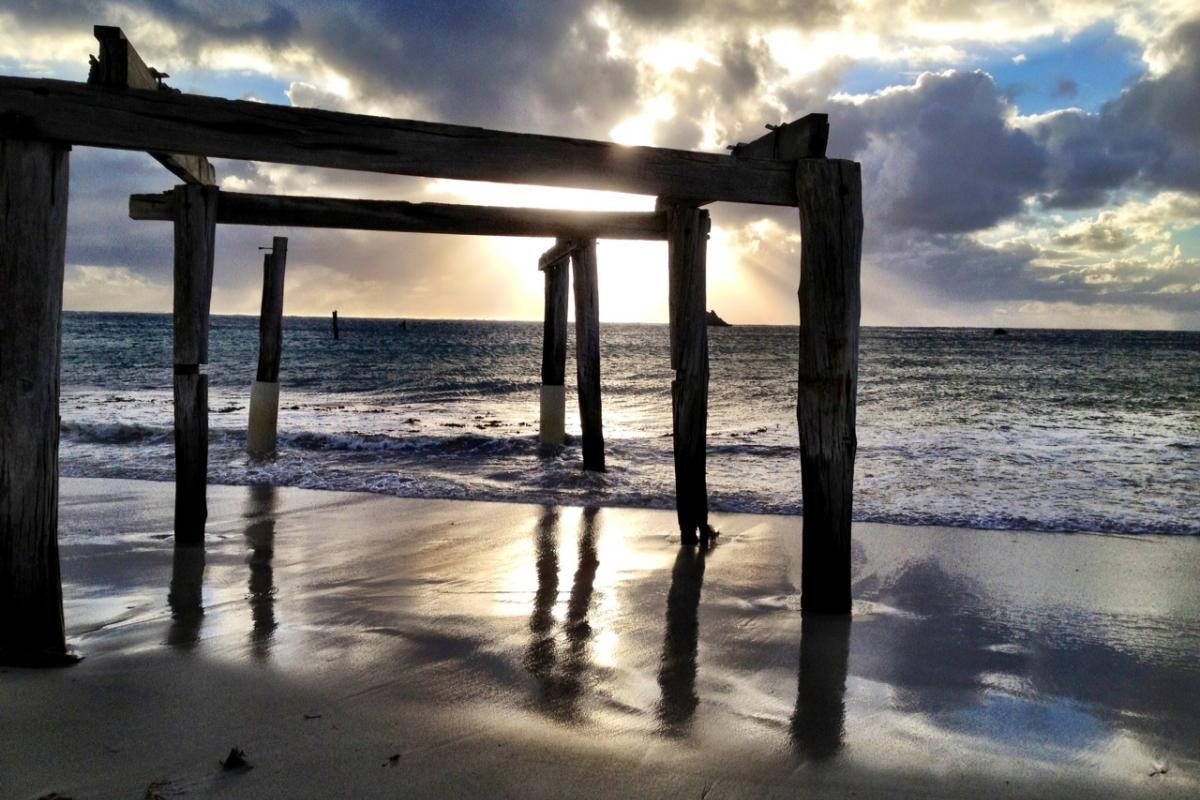
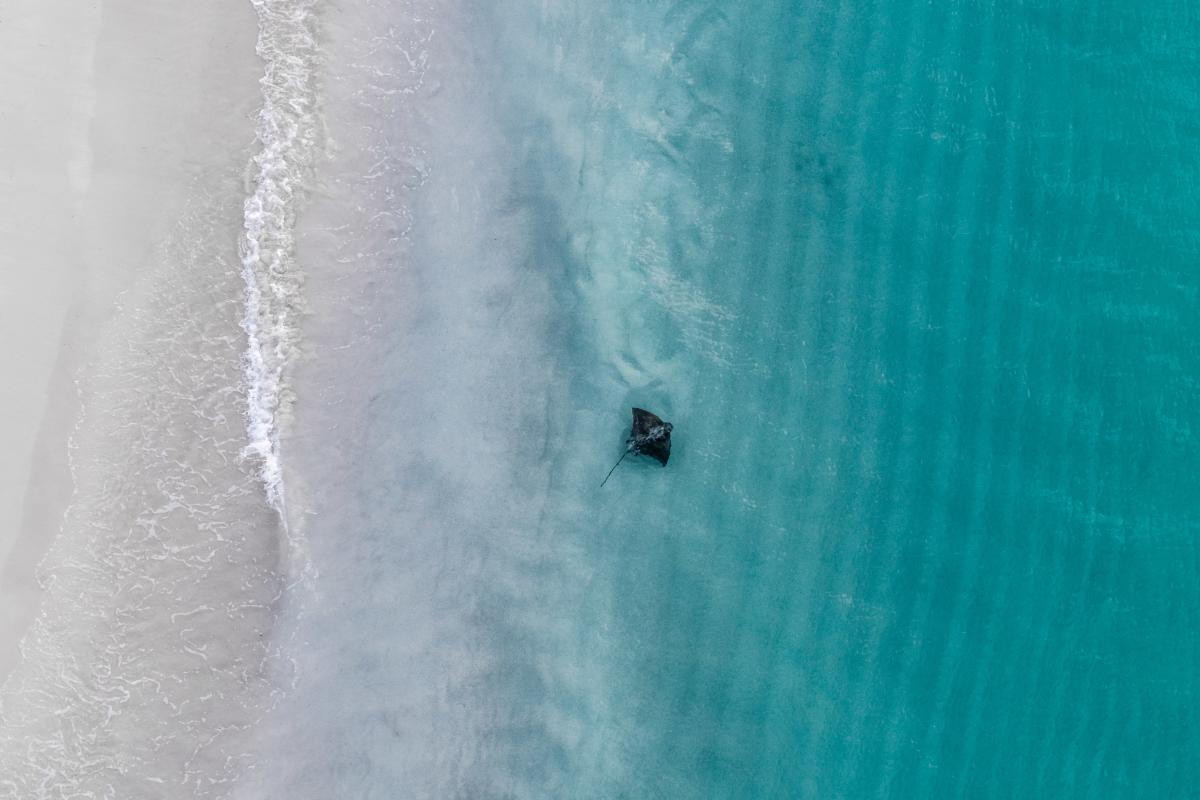
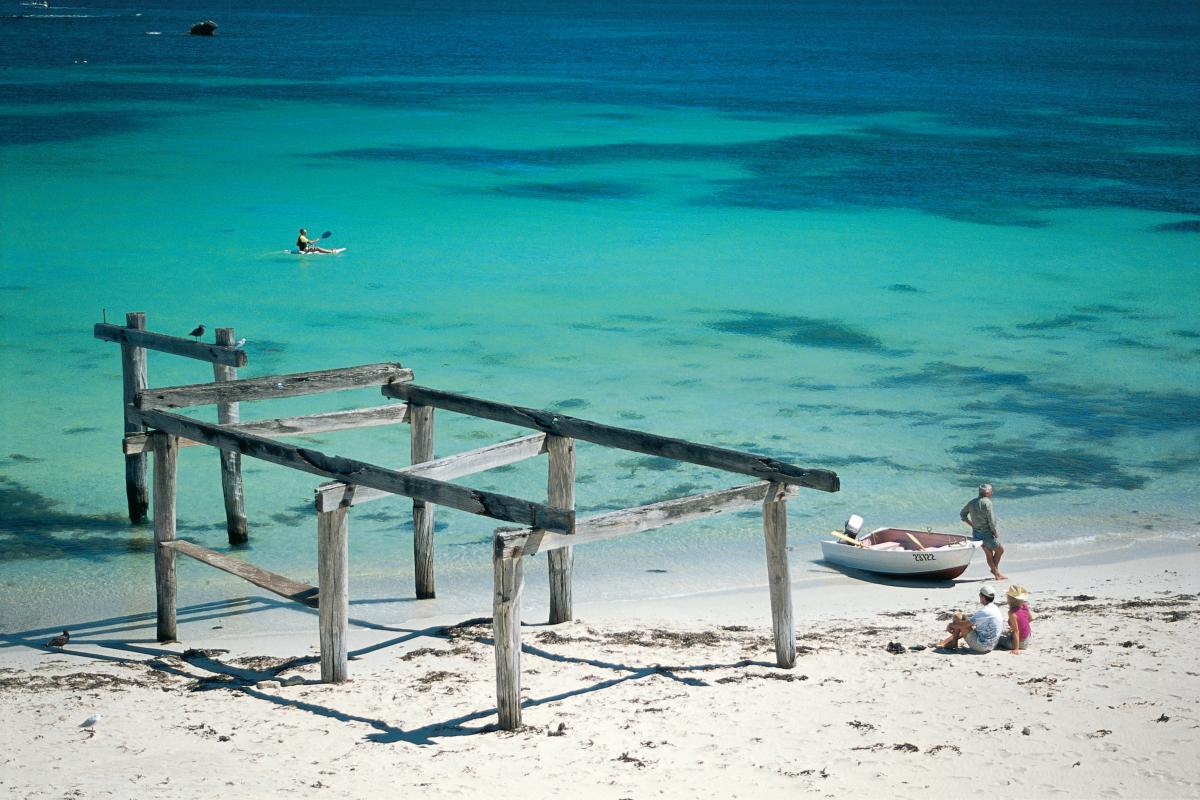

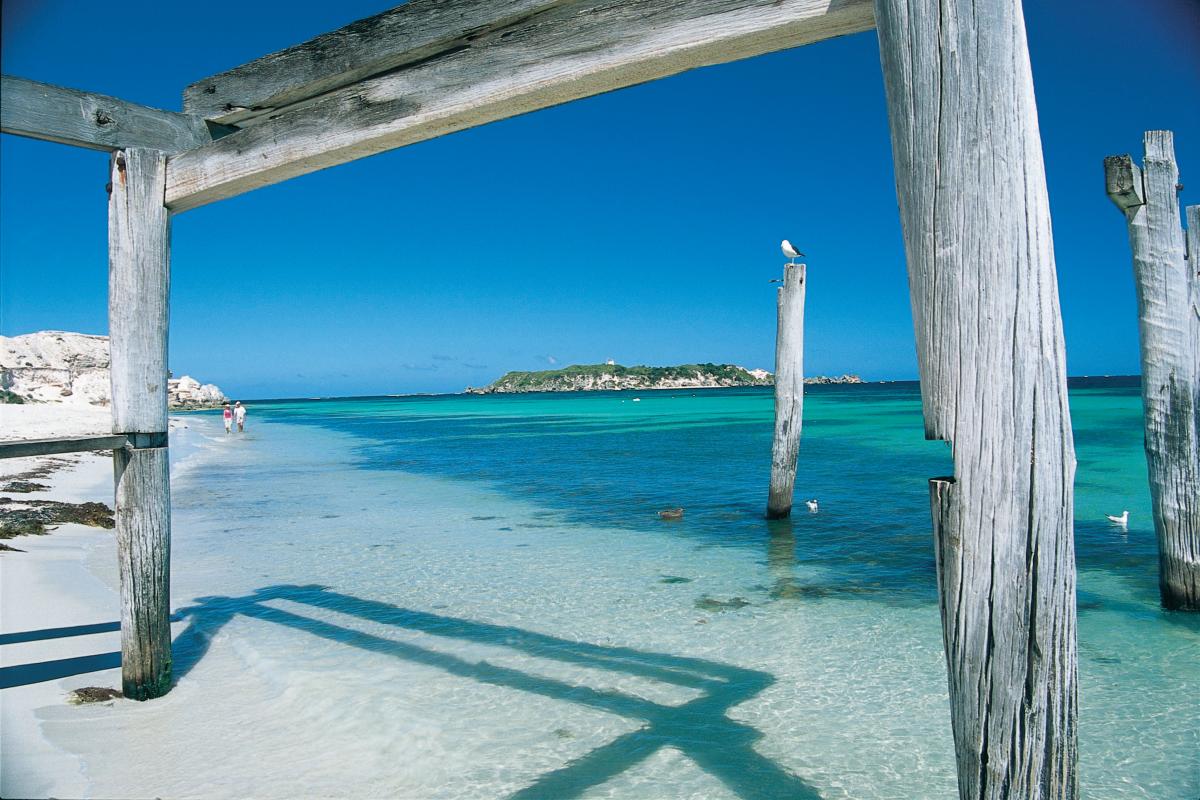
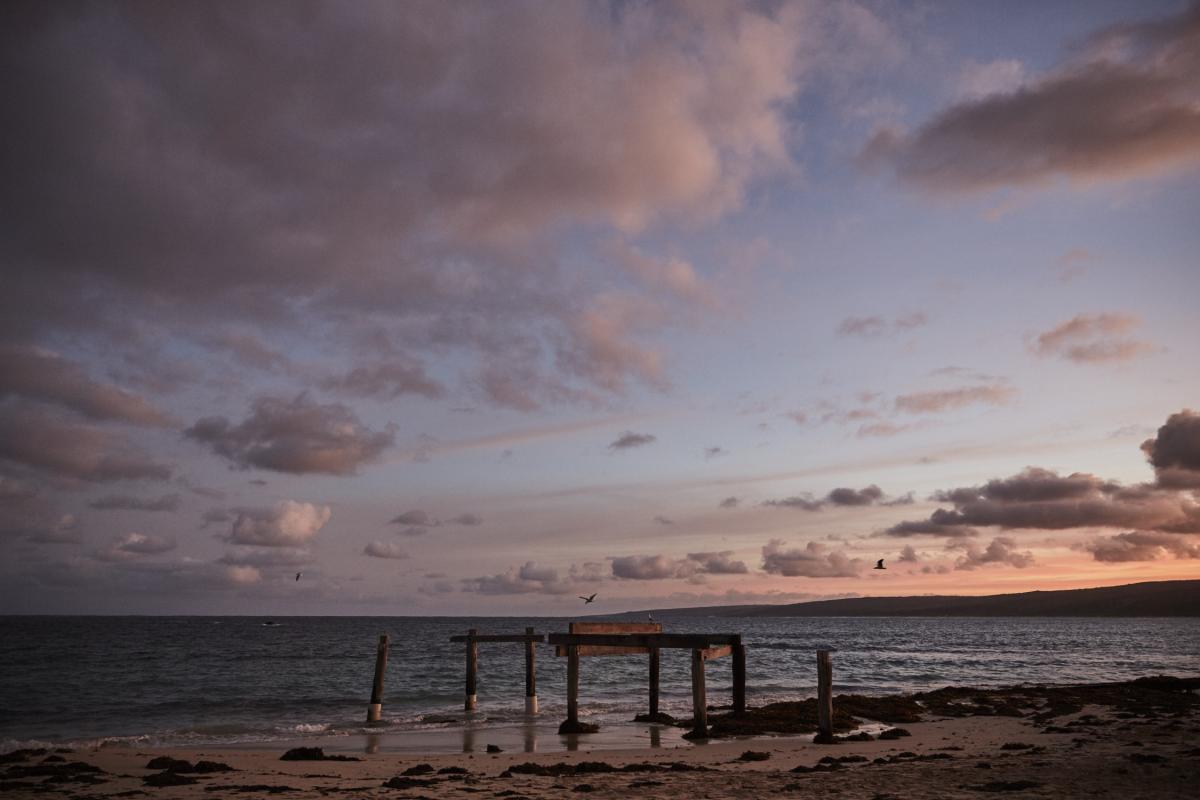
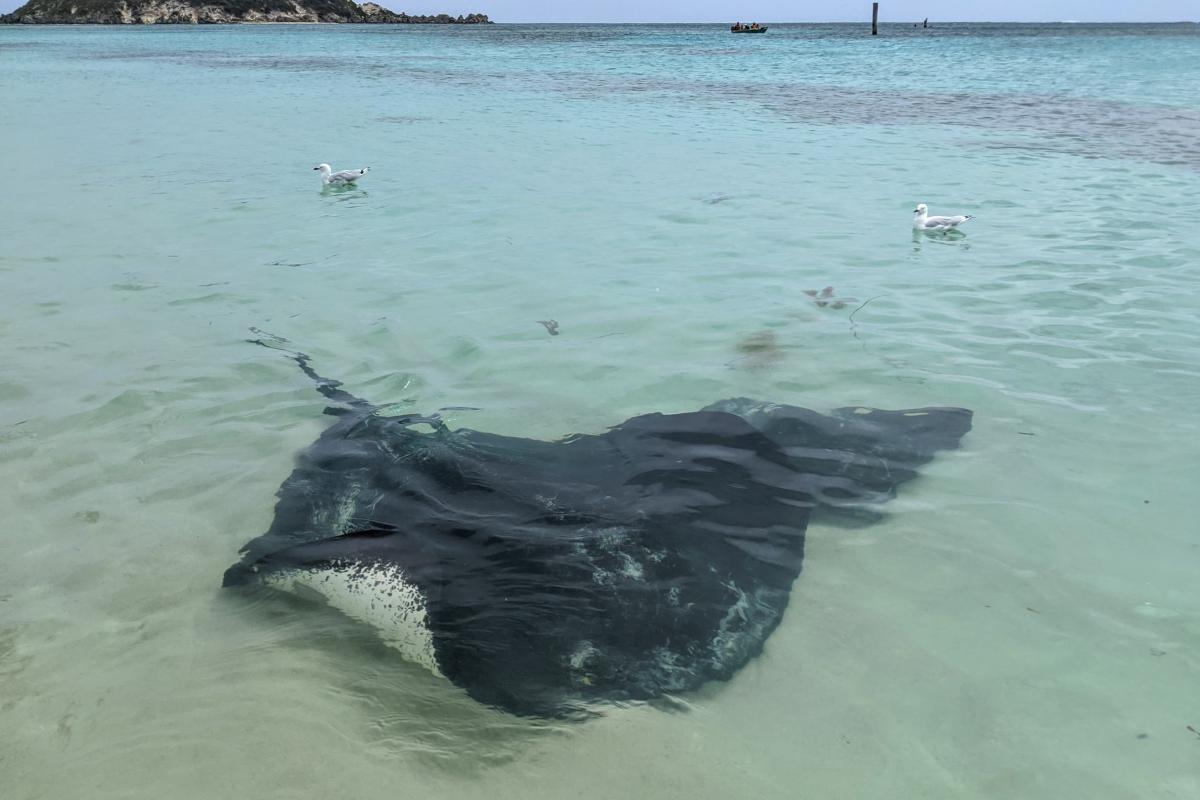
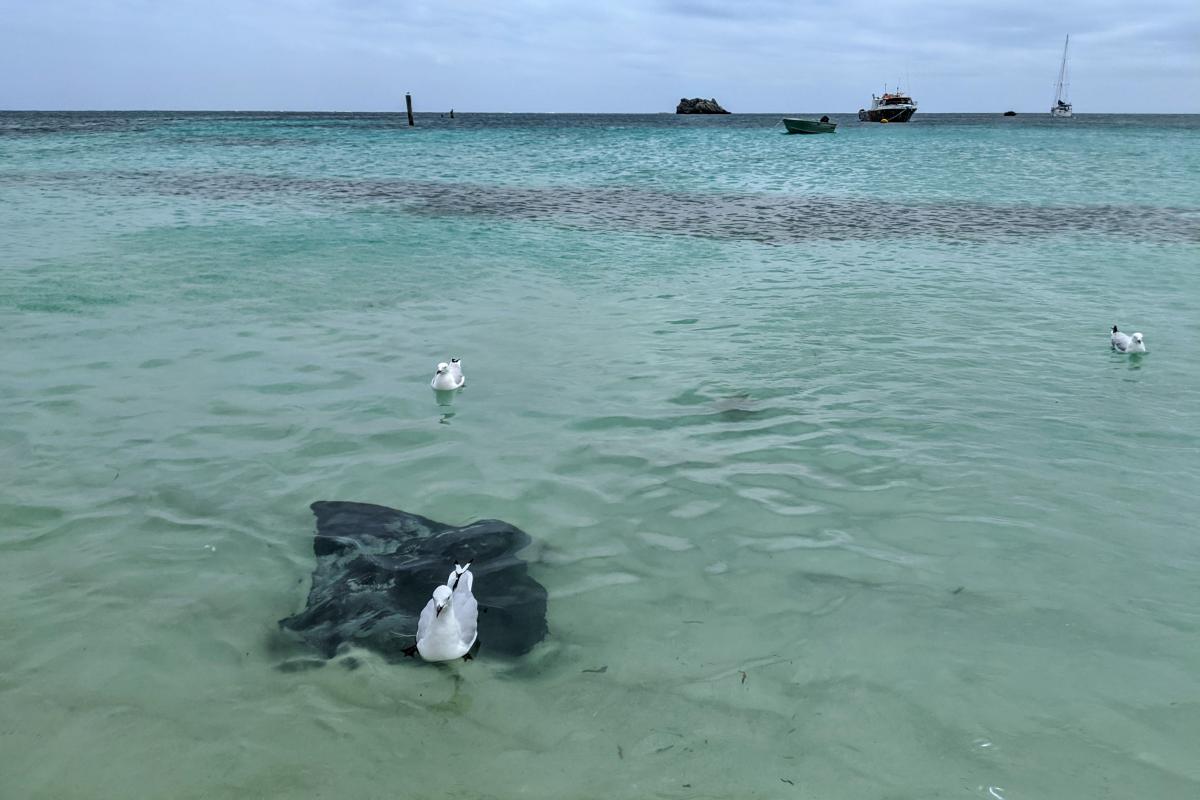
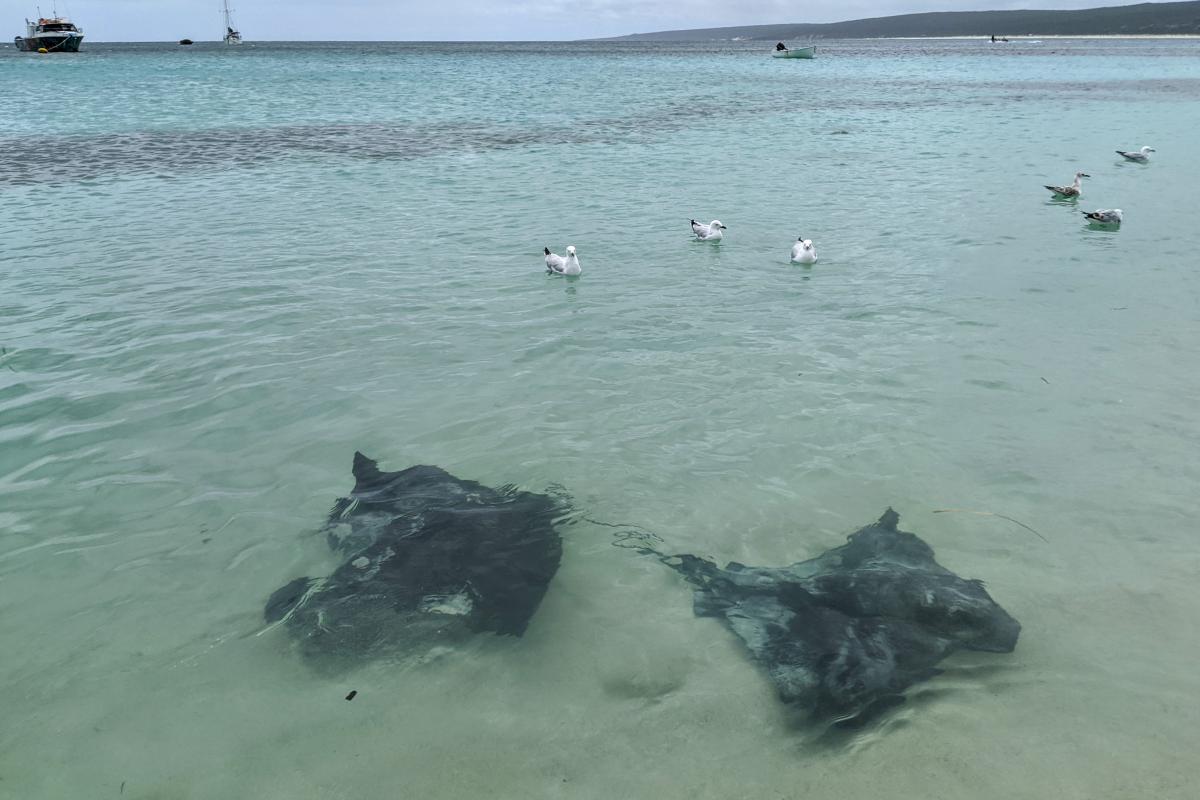
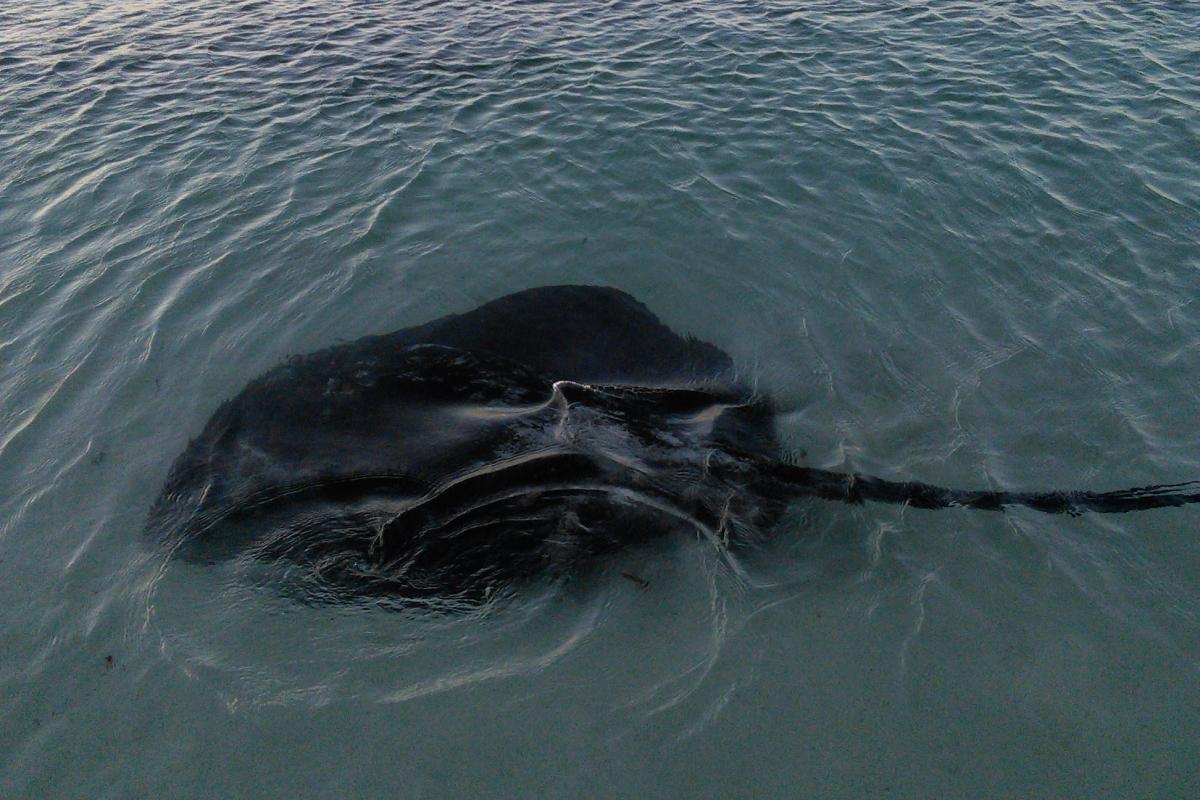
Facilities
Lookout/Deck
Activities
 Boating
Boating
 Bushwalking
Bushwalking
 Fishing
Fishing
 Scuba diving
Scuba diving
 Snorkelling
Snorkelling
 Swimming
Swimming
Plants, wildlife and fungi
Visit the Atlas of Living Australia for a list of species recorded within a 5km radius of Hamelin Bay.
Traditional Owners
We recognise and acknowledge Wardandi people as the Traditional Owners of Leeuwin-Naturaliste National Park.
